Marking martial arts belts with electrical tape is unsafe for kids (the tape can have high levels of Lead & Antimony)
Some images for background: The first image is from a parent in the Facebook group I run. I found other images in general searches on the internet. Please continue reading below the images.
Published: February 28, 2022 — Monday
A significant part of my advocacy involves working with families directly in their homes. I work with parents (usually mothers) to identify potential sources of toxicants-exposure for their children (and make recommendations for safer choices moving forward).
Often using XRF technology, I evaluate a family’s home environments, testing their dishes, kids’ toys, and other common household items for metallic toxicants — heavy metals that are harmful to humans — including Lead, Cadmium, Arsenic, Mercury, and Antimony.
What do I look for specifically?
In my work with families, I normally spend time with the parents examining the child’s primary environments first:
- Bedroom, playroom, play areas outside, including evaluating/ identifying potential friction hazards from windows and doors and cabinets — but also evaluating the furniture, structures (including play structures) and consumer goods that the child interacts with daily and carefully examining every part of the spaces where they play, and then…
- Take a look at the kitchen (which can be a big source of exposure to trace levels of toxicants from many different sources)…
- And then the bathrooms.
Beyond that, when searching for an as-yet-unidentified/ mysterious source of Lead exposure in a child, after I look at the basics, I focus on getting to know about the child’s daily behaviors and interactions. I try to learn about what they eat, what they use to eat with, where they go to school, what they do for fun/ what their hobbies are, where else they spend time, and more.
What I have seen (time after time) is that one of the primary unexpected sources of toxicants exposure for children is when children are given something to use or touch on a regular basis that is not an item intended for use by children. Examining behaviors (in addition to examining places and stuff) is often times the only path to discovering a hidden Lead-exposure source. Specifically I focus on engaging parents in a thorough exploration of the child’s habits and how and where they spend their day (and how they may use or interact with unexpected items). This has led to me discovering many unexpected exposure sources and concerns — including electrical tape being used on children’s martial arts uniforms.
In the U.S., items which are not sold or marketed expressly as “items intended to be used by children” are typically not subject to any regulatory limits for the total content of heavy metals — regulations which (historically and to this day here in the U.S.) typically are crafted to only apply to items expressly marketed or sold as “items intended for use by children.”
In some cases, I find items being used by a child that were clearly never meant for use by children, items labeled as toxic — in which the heavy metals are INTENTIONALLY added (at very high levels, for the purposes alleged to enhance the functional use of the item or product).
In spite of these items being labeled and marked expressly (in most cases) as being “not safe…”; “can potentially cause cancer,” or “should not be used by nursing or pregnant women and/ or children,” etc., parents — unknowingly in most cases — unfortunately still often introduce them into their child’s immediate environment.
One item like this is electrical tape.
Although electrical tape is commonly found in nearly every home (chances are you have some in a toolbox or utility drawer right now), the history of its design, material formulation, and manufacture is that of a purely utilitarian tool designed for heavy-duty service within the industrial and commercial electrical trade rather than something subject to any of the intrinsic concerns (or regulatory requirements) of an item a child might be expected to come into regular contact with.
Given that context, it is perhaps not surprising that electrical tape nearly always tests positive for high levels of Lead and/or Antimony (with trace Arsenic often thrown in for good measure — in addition to toxic adhesives, VOCs, and other nasty stuff!).
By virtue of the intended primary purpose of electrical tape (the long-term insulation of electrical conductors subjected to a wide range of environmental conditions), electrical tape is required to have the following attributes: Strength, long-term flexibility, an aggressive, durable and environmentally-resistant adhesive, and — in most cases — it must also incorporate flame retardant chemistry in order to comply with electrical codes as intended.
The two most common heavy metals used to satisfy the requirement for flame retardancy in electrical wiring (and other applications for industrial vinyl products) and related electrical work components are Lead and Antimony.
- Lead is extremely neurotoxic — even in microscopic amounts, it causes brain damage (as well as damage to virtually every organ and system in the body) and a very long list of other health impairments.
- Antimony was recently (in December 2021) finally added to the United States’ official list of known carcinogens that present risks to consumers (in the “15th Report on Carcinogens”).
Electrical tape was never meant to be handled by children in any way.
In spite of the fact that electrical tape is normally clearly marked and marketed with language stating that it is potentially dangerous and not intended for use by children, it has unfortunately become common practice for martial arts instructors (Taekwondo, Karate, Judo, Jiu-Jitsu, Akido, and Kickboxing) to use electrical tape (in various colors) for marking progress on the martial arts belts of young children. This is especially concerning, because — in practice — those children typically often spend quite a bit of time touching, handling, and fidgeting with those colorful markers, which are a point of pride.
Learning about this whole Martial Arts/ electrical tape things was shocking to me! It had never even occurred to me that someone (an adult) might intentionally use an industrial/ commercial product in this way.
While I have been a parent for almost 26 years now, none of my children ever participated in any martial arts (they are musicians, cyclists, runners, and swimmers), so I was not aware of this practice until I encountered it first in a home consultation with a family several years ago.
Over the past several years I have now seen (and tested) these martial arts belts for many families, all across the country — and nearly every single one (marked with colorful tape to acknowledge a child’s progress toward the goal of their next belt achievement) has tested positive for very high levels of Lead and/or Antimony (levels that are decidedly unsafe for items intended to be used and touched by children)!
Continue reading below the image
One example (purchased on Amazon in 2022)
To illustrate this concern (for the purpose of writing this article, since parents have not been able to send me their kids martial arts belts for testing for the obvious reasons!), I purchased a multicolor-pack of high-quality, brand-name (3M/ Scotch) electrical tape on Amazon this month (the linked image above). This tape was specifically noted as being flame-retardant in the advertisement (note pink arrows and underline above), so I knew it would test positive for high levels of Lead or Antimony.
When tested (using an XRF instrument), this colorful electrical tape, consistent with the sort I often find on kids’ martial arts belts, did indeed reveal high levels of Antimony — as high as 17,300 parts per million. When I have tested these belts for families and detected Lead in these tapes (where Lead is used instead of Antimony), the Lead levels I find are generally in the 7,000 to 10,000 ppm range.
How much Lead is “too much” Lead?
How much Antimony is “too much” Antimony?
For context, Lead is considered unsafe for children in consumer goods if the levels are 90 ppm or higher in the coating of an item (100 ppm or higher in the substrate of an item). While there are currently no U.S. federal regulatory total content standards or limits for Antimony in most consumer goods made for children, Antimony is likely unsafe for children at similar levels (in the 90 to 200 ppm range) — although this needs to be further studied (now that Antimony has made the official “cancer list,” perhaps it will be!).
Despite the lack of comprehensive regulatory standards for Antimony, for context I offer the following: One regulatory standard for Antimony is the amount allowable in children’s mattresses in the State of California. In California, if a mattress is positive for more than 1,000 ppm Antimony it is illegal to be sold for use as a child’s mattress. So in comparison, 17,000 ppm — of a neurotoxic metal (that is also known to cause cancer) on a tape that a child may fidget with and touch on a regular basis, possibly for hours each week — is an alarmingly-high amount (please check out the levels for each of the colors tested, noted below).
Parents will rightly ask, “But can this [the use of electrical tape on a martial arts belt] actually poison my child?”
The best answer I can give in response to that question is, “Maybe…” And perhaps an expanded, “Maybe — but either way it’s not worth the risk to find out.”
The fact of the matter is that it literally just takes a microscopic amount of these toxic heavy metals to poison a child. Yes, literally. The amount of Lead it takes to poison a child can be invisible, depending on the form it takes. For instance, the amount of Lead dispersed in the microdust found throughout a typical nice suburban home built before 1978 that could poison a child is not something you can see with the naked eye. Here’s a piece describing that in detail, with a nice visual example discussing how much Lead exactly it would take to contaminate a football field in a level of dust that would be unsafe for children.
The concern is for low-level chronic aggregate exposure:
The problem is not just that we (as parents) are working to avoid potential obvious acute Lead exposure (or acute exposure to other toxicants); we should also be looking at the potential impact of all aggregate/cumulative chronic low-level exposure to heavy metals in our child’s lives, especially given the scientific research that has determined that not only do heavy metals accumulate in the body over time. It is estimated that about 90% of the Lead a person has ever been exposed to remains in their body throughout the course of their lifetime (this is a paraphrase of a comment from one of the scientists interviewed for our film).
It’s a #KnowBetterDoBetter scenario. If we can make safer choices for our kids, we should. If we are presented with new (science-based) knowledge about something that we weren’t previously aware was a concern (like the use of electrical tape in any children’s activities), we should take the time to research and evaluate the potential risk to our children, especially if non-toxic inexpensive alternatives/ solutions are available. (See warning example on image below. Continue reading below the image.)
Hand-to-mouth behavior & Pica are the primary exposure pathways of concern
My main concern for the Lead and Antimony exposure potential from electrical tape is for very young children (and I often see children starting at the toddler age in martial arts classes), who normally still have a lot of hand-to-mouth behavior — especially when fidgeting, or waiting their turn.
My other primary concern is any children (of any age) who might have PICA — either as part of a cluster of symptoms related to a known diagnosed disability (like autism), or on its own (and possibly undiagnosed). A child who will frequently put the end of their martial arts belt in their mouth (or who might chew on the end of their belt as a fidget behavior) is at significant risk when electrical tapes are used for this purpose.
In fact, there have been studies demonstrating that many electricians have been Lead-poisoned from surprisingly common “bad behaviors” — such as sometimes tearing off electrical tape with their teeth, or using their teeth to strip the colored vinyl insulation off of the end of wires, rather than interrupting their workflow to get up and walk a distance to retrieve the proper tool — left on the opposite side of a room or worksite! This stuff is really toxic; even micro-particulate exposure is dangerous. This is WHY they are appropriately labeled (in most cases) as “not safe for children.” (I even found this example — the image above — of a warning label on electrical tape on the ad copy from Amazon.)
Of course, in most cases, any included warning label is not on the tape itself that your child’s martial arts teacher is using to mark their belt. The warning labels are normally on the exterior packaging, which is always removed in order to use the tape, so how are you (a parent) supposed to know that it is not safe for kids?
Which brand of colorful tape is safe for use on martial arts belts?
Since I cannot know what brand or type of tape was used on any given child’s belt that I come across during a home consultation, I have not been able to do any sort of comprehensive overview of “which tapes have Lead, what are the levels, which tapes have Antimony, and what are those levels?”
While so far I have only tested the one specific brand of tape shown above (the 3M Scotch Electrical Tape — in rainbow colors), if you would like to send me some additional brands of tape for testing (tape that perhaps you know your child’s martial arts instructor is using to mark belts), I would be open to testing additional examples to help try to identify a brand or type of tape that might actually be safe for martial arts instructors to use in this application.
In the meantime, please advocate for your martial arts instructors to use a tape that is safe for children instead of using electrical tape. I have found that duct tape normally does not seem to test positive for Lead — especially the brightly-colored patterned types that are found in art supply stores. Although, I have also not done an exhaustive round of testing on that sort of tape yet to be able to recommend a specific type or brand to substitute in this applications. You might also look for other types of tape (not vinyl) in your local art supply store to see if there might be an appropriate option that is specifically labeled as being non-toxic and safe for children (for use as an art supply). Anything labeled as being safe for children (ages 3 +) should not present a toxicant exposure risk.
What can marital arts instructors use instead of electrical tape?
So some quick alternate ideas:
- A similar tape from the art supply store that is marked as safe for kids 3+.
- Fabric tape might work (and can be fixed in place with a quick pass of an iron in most cases).
- If very temporary, colored masking tape might work.
- Colorful duct tape might be a good choice — unless marked with a toxics warning label; more testing needs to be done to confirm this recommendation.
- Sewn fabric colors would be a non-toxic choice (although obviously much more labor-intensive).
Continue reading below the image.
Testing more tape!
I am on a quest — a bit — to try and determine which of the current brands of these tape are positive for Lead. I have tested so many martial arts belts with high levels of Lead in the tapes, so I know there must still be a high Lead product out there and available. As part of this “quest” and in addition to the 3M Scotch tapes (with the full XRF test results noted below)…
- I purchased (last night) a second example of a multicolored pack of electrical tape. Check out the product image above (this product is “Amazon”-branded, please note these are clearly in the “AmazonCommercial Store”)!
- I also bought a third type of tape from an online martial arts store (sold specifically for the use of marking martial arts belts)… this is the one I am most interested in testing!
- I then — finally — maxed out my budget for this project and bought a fourth brand of colorful electrical tape on Amazon specifically noted to be “Low Lead” electrical tape, which I expect will also be high in Antimony (image below).
As soon as I have a moment I will report the test results for each of these products. Continue reading below the image.
So, in summary, BE CAUTIOUS:
- Wash your hands thoroughly after handling electrical tape.
- Wash your kids’ hands thoroughly after martial arts class (especially before eating snacks!).
- Do not let KIDS handle electrical tape for other projects or activities.
- Encourage alternatives to the use of electrical tape for marking kids’ martial arts belts.
- Explain the hazards and concern to your kids’ martial arts teachers (hopefully, they will understand).
Scroll down for full XRF test results for the 3M Scotch electrical tape pictured and linked above. Continue reading below the additional images the actual product tested.



Reading #1) Brown 3M Scotch Electrical Tape
30-second reading
- Lead (Pb): 27 +/- 6 ppm
- Cadmium (Cd): Non-detect
- Mercury (Hg): Non-detect
- Bromine (Br): Non-detect
- Arsenic (As): Non-detect
- Chromium (Cr): 318 +/- 90 ppm
- Iron (Fe): 4,114 +/- 129 ppm
- Zinc (Zn): 347 +/- 21 ppm
- Titanium (Ti): 3,347 +/- 1,023 ppm
- Tin (Sn): 314 +/- 13 ppm
- Antimony (Sb): 16,600 +/- 200 ppm
- Barium (Ba): 696 +/- 49 ppm
- Chlorine (Cl): 360,000 ppm
- Bismuth (Bi): 10 +/- 6 ppm
- No other metals were detected in consumer goods mode.
Reading #2) Gray 3M Scotch Electrical Tape
30-second reading
- Lead (Pb): 23 +/- 6 ppm
- Cadmium (Cd): Non-detect
- Mercury (Hg): Non-detect
- Bromine (Br): Non-detect
- Arsenic (As): Non-detect
- Chromium (Cr): 247 +/- 95 ppm
- Iron (Fe): 87 +/- 55 ppm
- Zinc (Zn): 296 +/- 21 ppm
- Titanium (Ti): 8,497 +/- 1,155 ppm
- Tin (Sn): 315 +/- 14 ppm
- Antimony (Sb): 17,300 +/- 200 ppm
- Barium (Ba): 515 +/- 50 ppm
- Chlorine (Cl): 360,000 ppm
- No other metals were detected in consumer goods mode.
Reading #3) Orange 3M Scotch Electrical Tape
30-second reading
- Lead (Pb): 30 +/- 6 ppm
- Cadmium (Cd): Non-detect
- Mercury (Hg): Non-detect
- Bromine (Br): Non-detect
- Arsenic (As): 19 +/- 7 ppm
- Chromium (Cr): 380 +/- 95 ppm
- Iron (Fe): 154 +/- 55 ppm
- Nickel (Ni): 61 +/- 33 ppm
- Zinc (Zn): 373 +/- 22 ppm
- Titanium (Ti): 2,793 +/- 1,053 ppm
- Tin (Sn): 306 +/- 13 ppm
- Antimony (Sb): 16,600 +/- 200 ppm
- Barium (Ba): 739 +/- 50 ppm
- Chlorine (Cl): 360,000 ppm
- No other metals were detected in consumer goods mode.
Reading #4) Yellow 3M Scotch Electrical Tape
30-second reading
- Lead (Pb): 30 +/- 6 ppm
- Cadmium (Cd): Non-detect
- Mercury (Hg): Non-detect
- Bromine (Br): Non-detect
- Arsenic (As): Non-detect
- Chromium (Cr): 328 +/- 90 ppm
- Vanadium (V): 717 +/- 437
- Iron (Fe): 144 +/- 53 ppm
- Nickel (Ni): 57 +/- 32 ppm
- Zinc (Zn): 300 +/- 20 ppm
- Titanium (Ti): 4,602 +/- 1,020 ppm
- Tin (Sn): 300 +/- 13 ppm
- Antimony (Sb): 16,300 +/- 200 ppm
- Barium (Ba): 445 +/- 47 ppm
- Chlorine (Cl): 360,000 ppm
- No other metals were detected in consumer goods mode.
Reading #5) White 3M Scotch Electrical Tape
30-second reading
- Lead (Pb): 32 +/- 7 ppm
- Cadmium (Cd): Non-detect
- Mercury (Hg): Non-detect
- Bromine (Br): Non-detect
- Arsenic (As): 58 +/- 9 ppm
- Chromium (Cr): 372 +/- 98 ppm
- Iron (Fe): 144 +/- 55 ppm
- Zinc (Zn): 309 +/- 21 ppm
- Titanium (Ti): 29,000 +/- 1,400 ppm
- Tin (Sn): 273 +/- 13 ppm
- Antimony (Sb): 15,300 +/- 200 ppm
- Barium (Ba): 618 +/- 47 ppm
- Chlorine (Cl): 360,000 ppm
- No other metals were detected in consumer goods mode.
Reading #6) Green 3M Scotch Electrical Tape
30-second reading
- Lead (Pb): 30 +/- 6 ppm
- Cadmium (Cd): Non-detect
- Mercury (Hg): Non-detect
- Bromine (Br): Non-detect
- Arsenic (As): Non-detect
- Chromium (Cr): 321 +/- 88 ppm
- Vanadium (V): 1,158 +/- 430
- Iron (Fe): 214 +/- 53 ppm
- Copper (Cu): 268 +/- 27 ppm
- Zinc (Zn): 344 +/- 21 ppm
- Tin (Sn): 306 +/- 13 ppm
- Antimony (Sb): 16,300 +/- 200 ppm
- Barium (Ba): 447 +/- 46 ppm
- Chlorine (Cl): 360,000 ppm
- Bismuth (Bi): 9 +/- 6 ppm
- No other metals were detected in consumer goods mode.
Reading #7) Dark Pink/ Purple 3M Scotch Electrical Tape
30-second reading
- Lead (Pb): 27 +/- 6 ppm
- Cadmium (Cd): Non-detect
- Mercury (Hg): Non-detect
- Bromine (Br): Non-detect
- Arsenic (As): 55 +/- 8 ppm
- Chromium (Cr): 321 +/- 92 ppm
- Iron (Fe): 189 +/- 55 ppm
- Zinc (Zn): 313 +/- 20 ppm
- Tin (Sn): 323 +/- 13 ppm
- Antimony (Sb): 16,700 +/- 200 ppm
- Barium (Ba): 509 +/- 48 ppm
- Chlorine (Cl): 360,000 ppm
- No other metals were detected in consumer goods mode.
Reading #8) Red 3M Scotch Electrical Tape
30-second reading
- Lead (Pb): 29 +/- 6 ppm
- Cadmium (Cd): Non-detect
- Mercury (Hg): Non-detect
- Bromine (Br): Non-detect
- Arsenic (As): 36 +/- 7 ppm
- Chromium (Cr): 313 +/- 89 ppm
- Iron (Fe): 168 +/- 53 ppm
- Zinc (Zn): 358 +/- 21 ppm
- Tin (Sn): 323 +/- 13 ppm
- Antimony (Sb): 17,000 +/- 200 ppm
- Barium (Ba): 520 +/- 48 ppm
- Chlorine (Cl): 360,000 ppm
- No other metals were detected in consumer goods mode.
Reading #9) Blue 3M Scotch Electrical Tape
30-second reading
- Lead (Pb): 26 +/- 6 ppm
- Cadmium (Cd): Non-detect
- Mercury (Hg): Non-detect
- Bromine (Br): Non-detect
- Arsenic (As): Non-detect
- Chromium (Cr): 273 +/- 94 ppm
- Vanadium (V): 767 +/- 463
- Iron (Fe): 170 +/- 57 ppm
- Copper (Cu): 559 +/- 35 ppm
- Zinc (Zn): 342 +/- 23 ppm
- Tin (Sn): 332 +/- 14 ppm
- Antimony (Sb): 17,000 +/- 200 ppm
- Barium (Ba): 441 +/- 51 ppm
- Chlorine (Cl): 360,000 ppm
- Bismuth (Bi): 12 +/- 7 ppm
- No other metals were detected in consumer goods mode.
Thank you for reading and for sharing the work of Lead Safe Mama, LLC. When you read and share our articles we earn about one penny per page view and this income helps cover the cost of the work we do here (including independent consumer goods testing and childhood Lead poisoning prevention outreach work, with an international scope and impact).
Tamara Rubin
#LeadSafeMama
Owner — lead Safe Mama – LLC
Amazon links are affiliate links. If you purchase something after clicking on one of Lead Safe Mama, LLC’s affiliate links we may receive a small percentage of what you spend at no extra cost to you.
For those new to this website:
Tamara Rubin is a multiple-federal-award-winning independent advocate for childhood Lead poisoning prevention and consumer goods safety, and a documentary filmmaker. She is also a mother of Lead-poisoned children (two of her sons were acutely Lead-poisoned in 2005). Since 2009, Tamara has been using XRF technology (a scientific method used by the U.S. Consumer Product Safety Commission) to test consumer goods for toxicants (specifically heavy metals — including Lead, Cadmium, Mercury, Antimony, and Arsenic). Tamara’s work was featured in Consumer Reports Magazine in February 2023 (March 2023 print edition).
Here’s one more screenshot from Facebook about the use of colored tapes on martial art belts:
Never Miss an Important Article Again!
Join our Email List








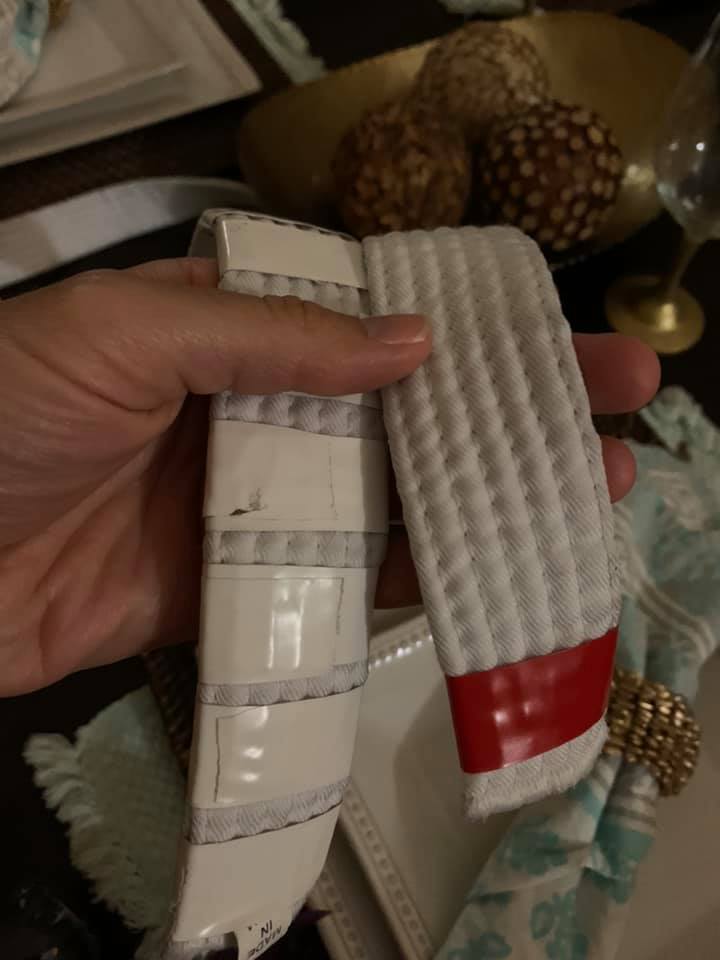
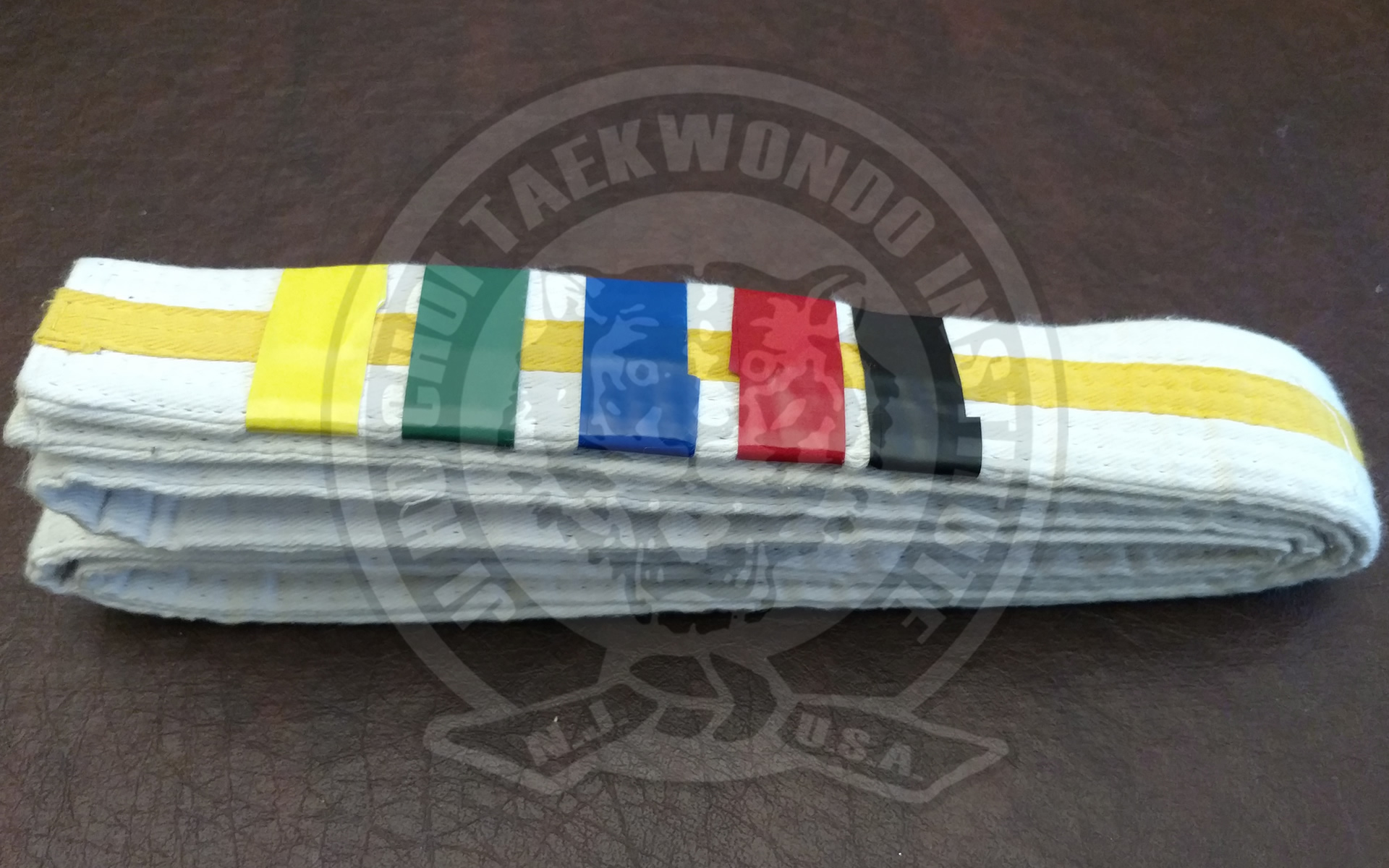
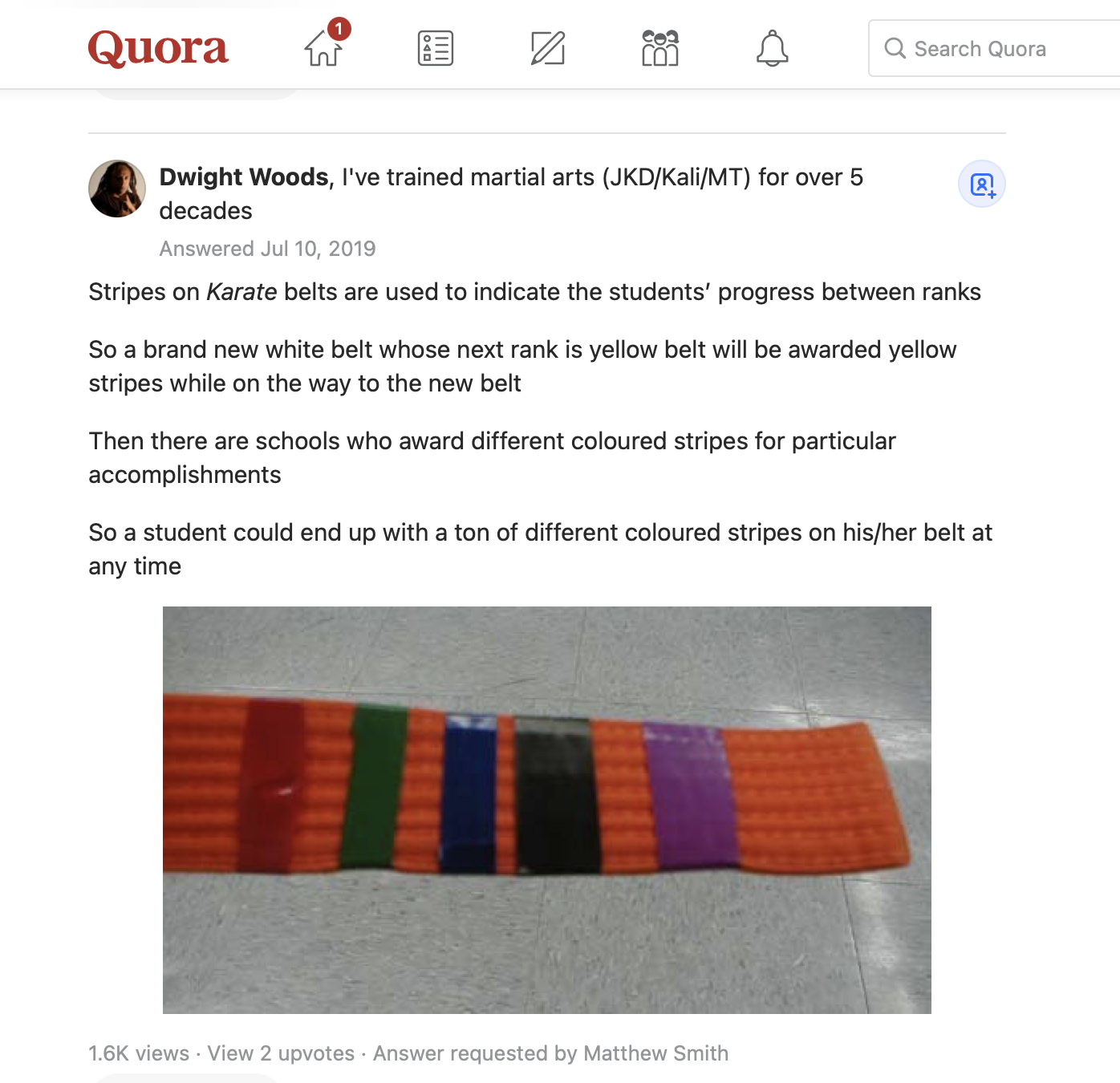
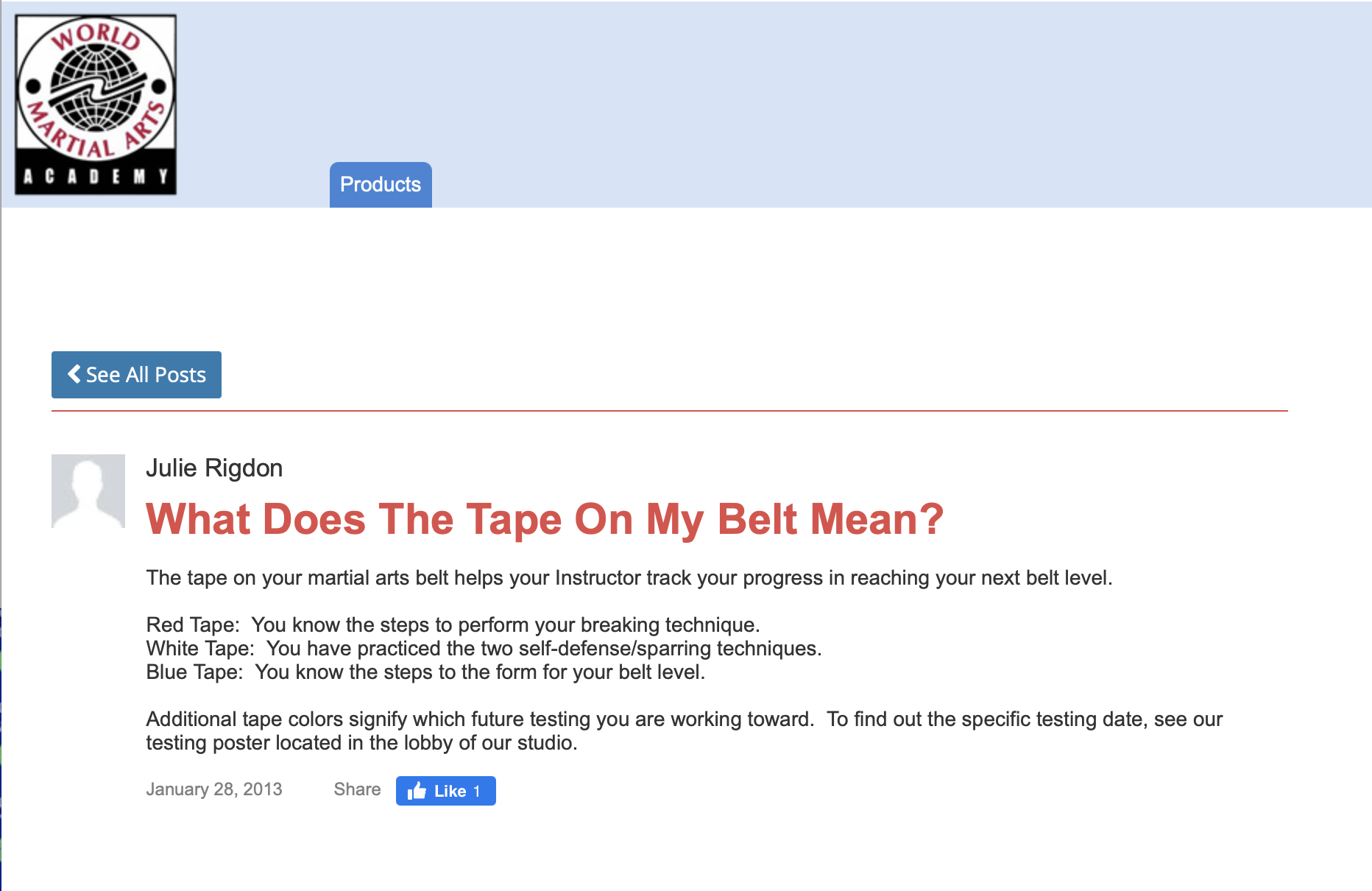
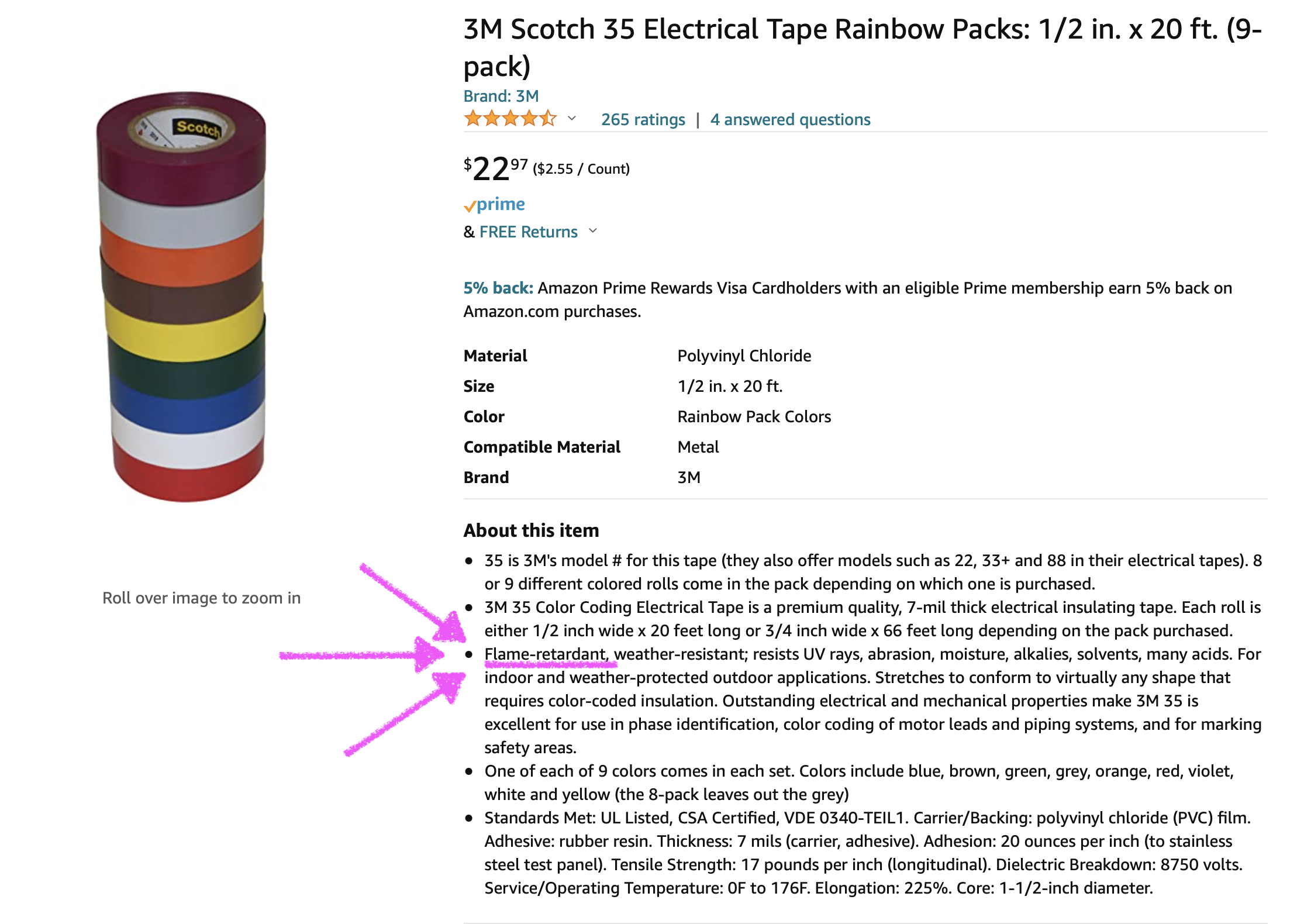
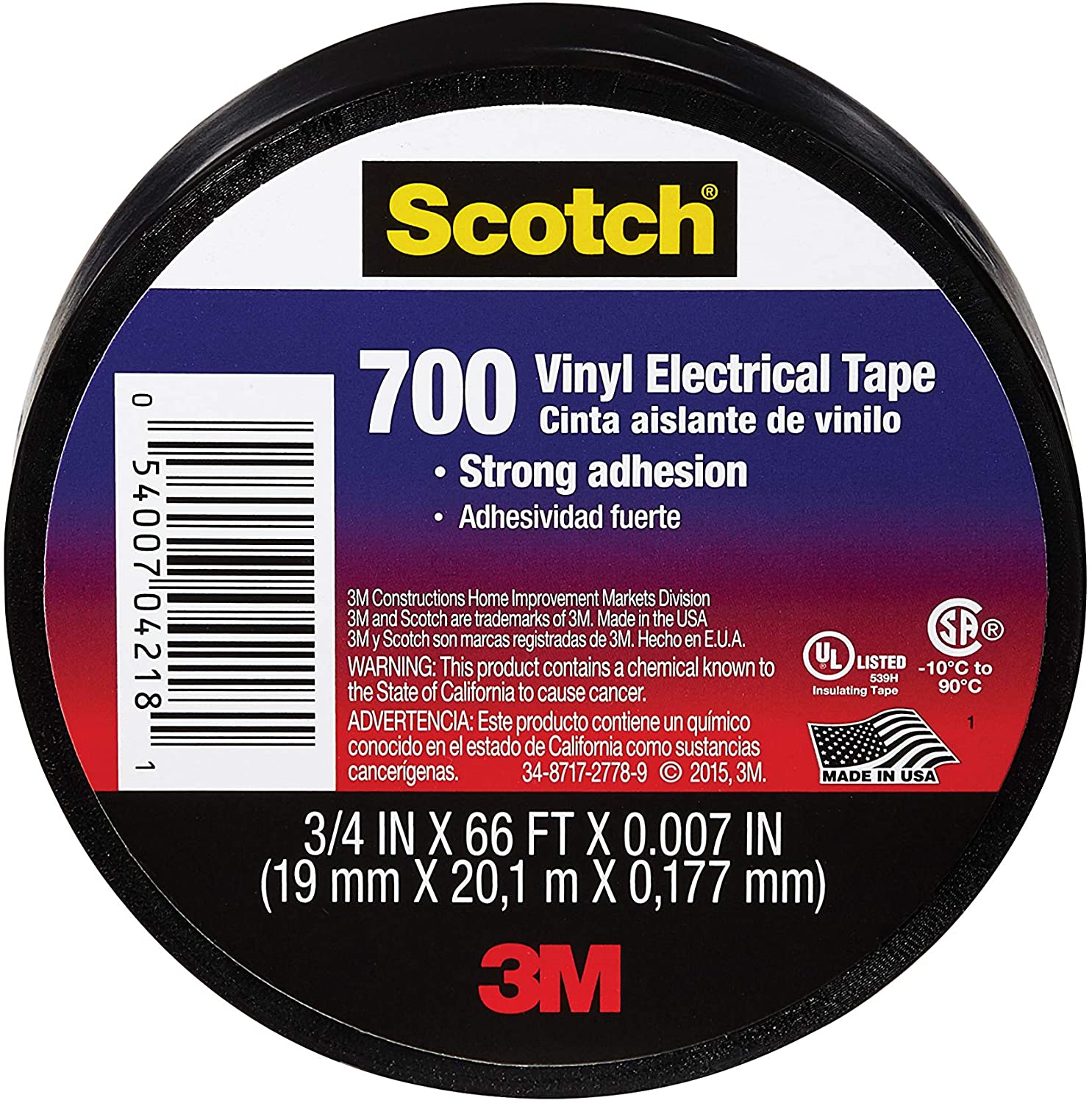
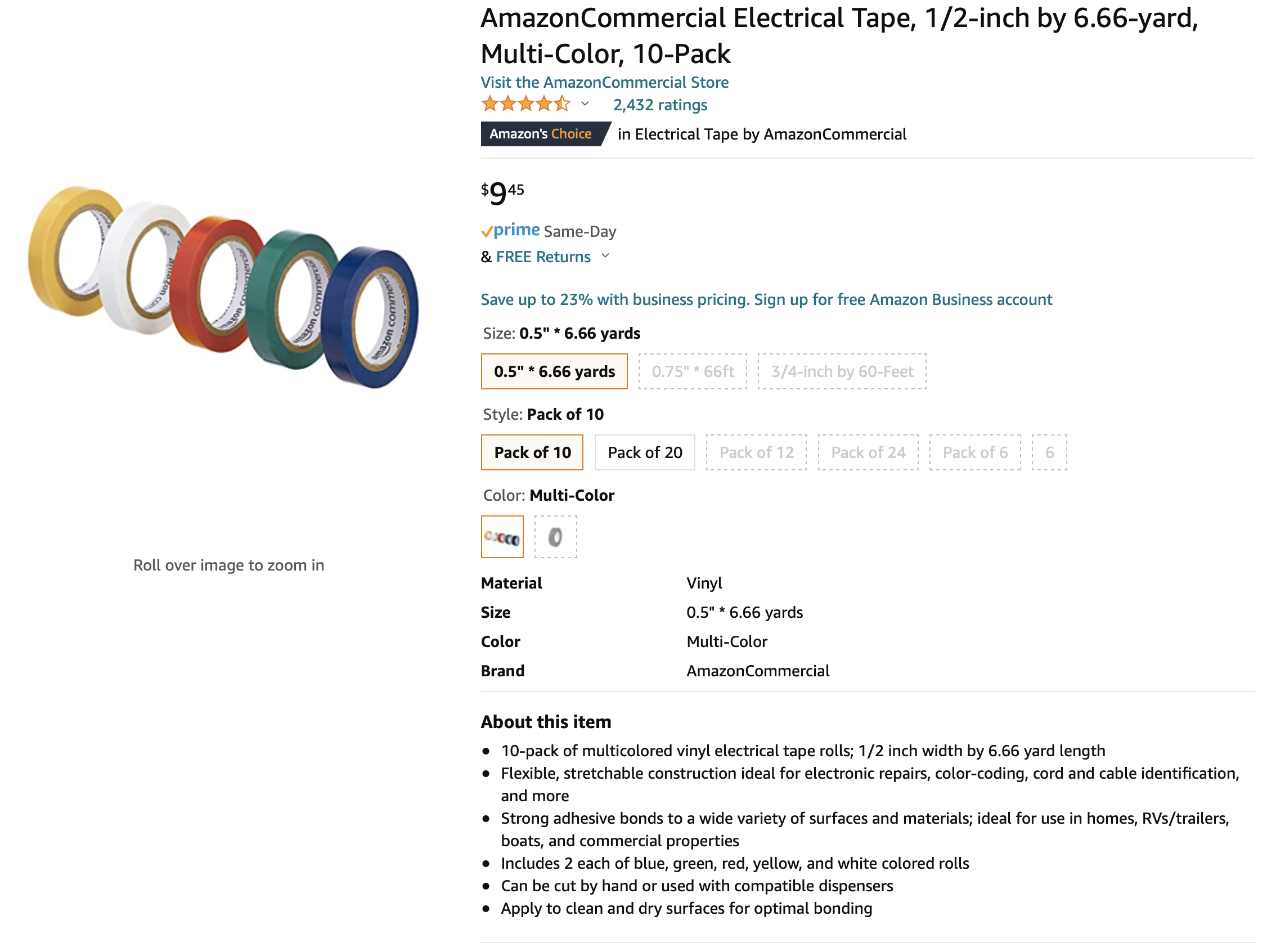
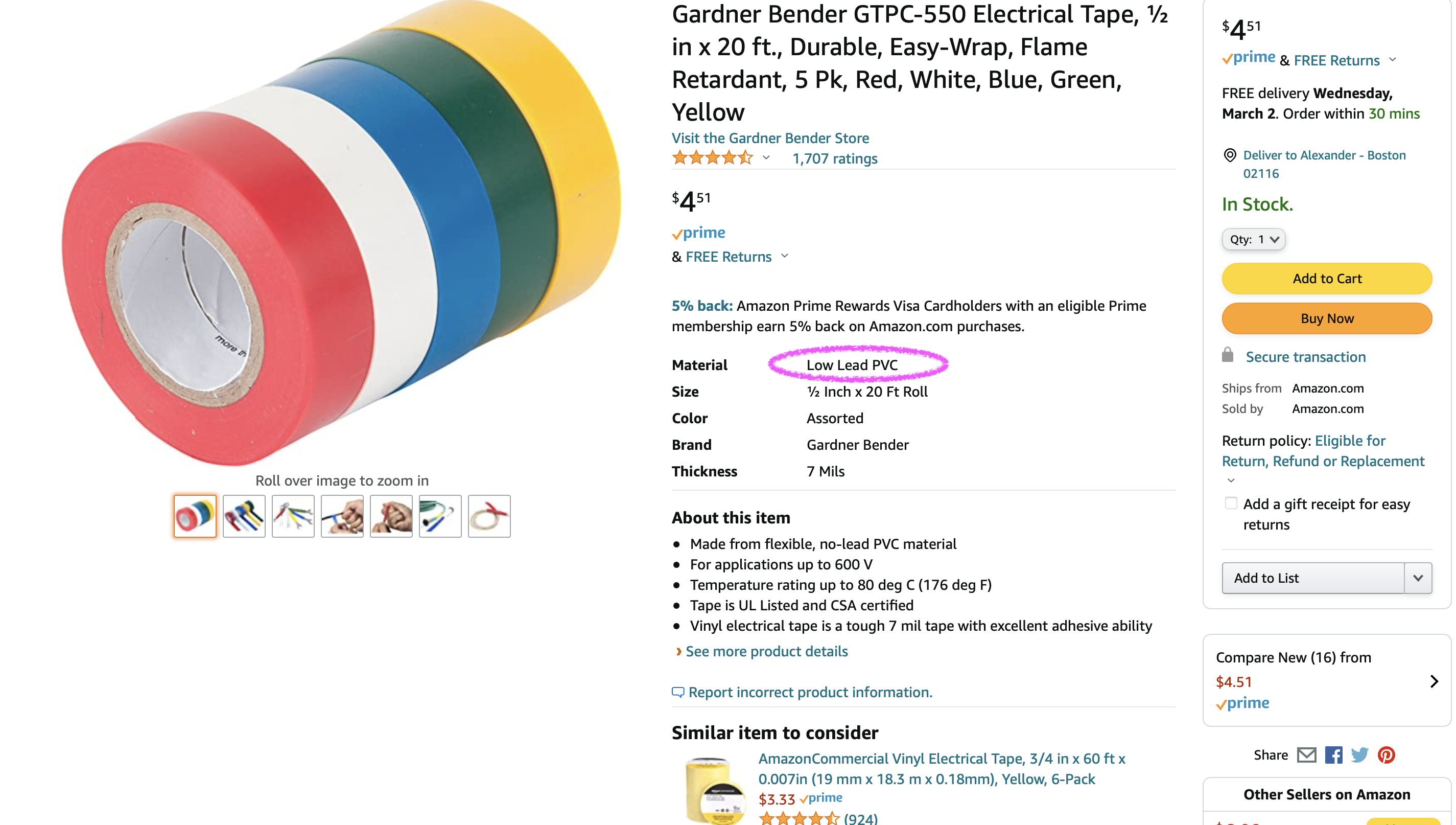
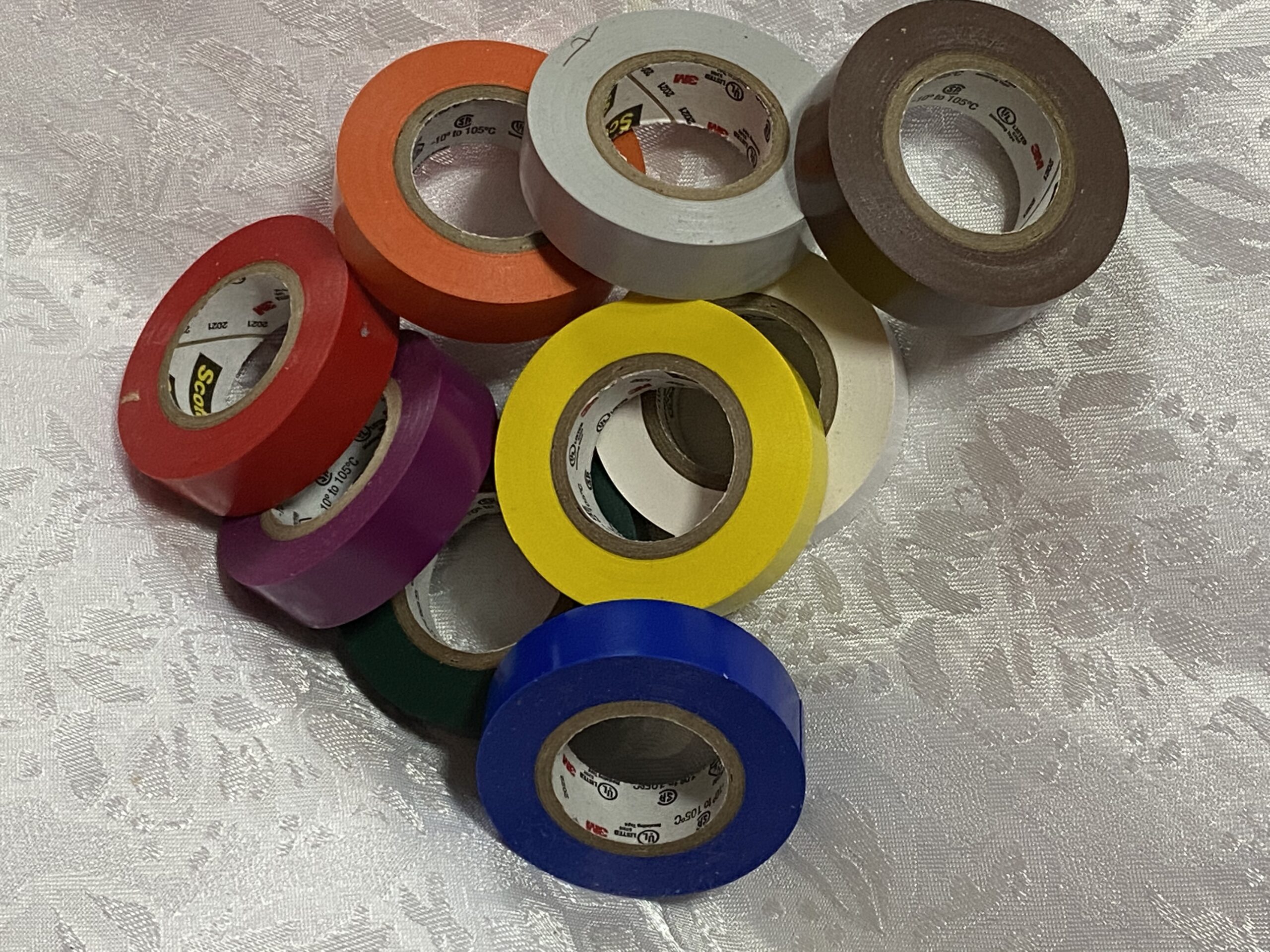
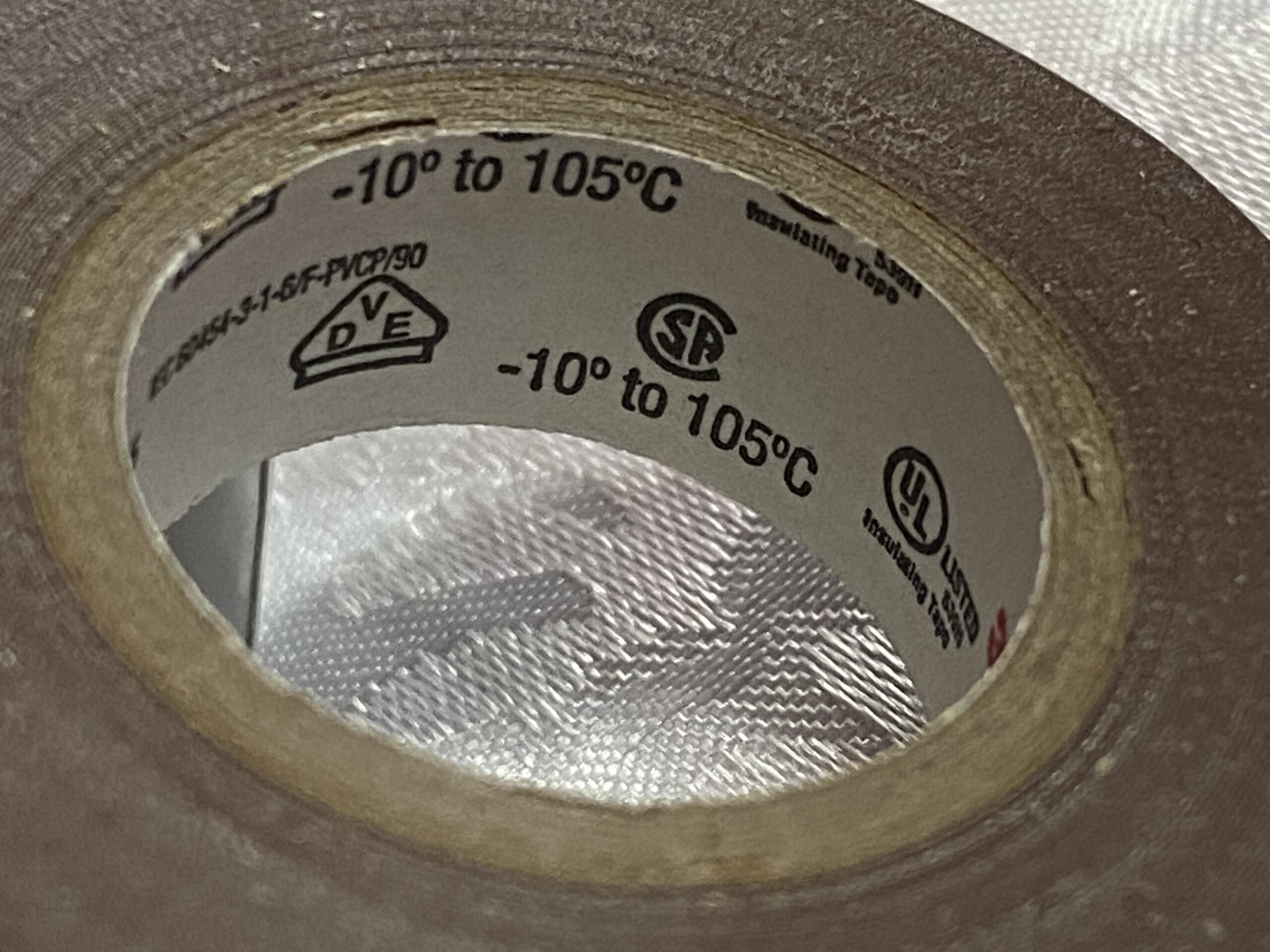
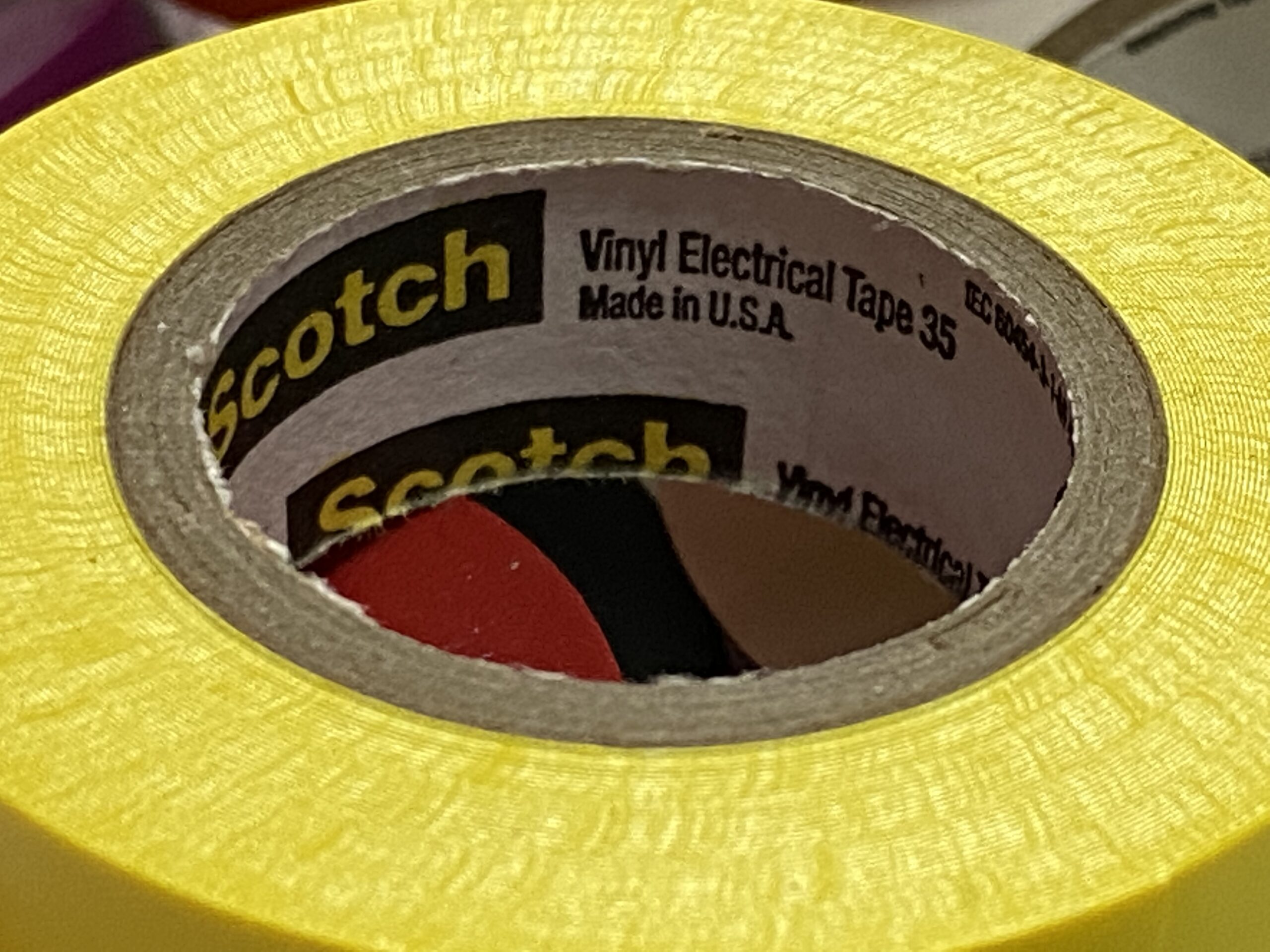
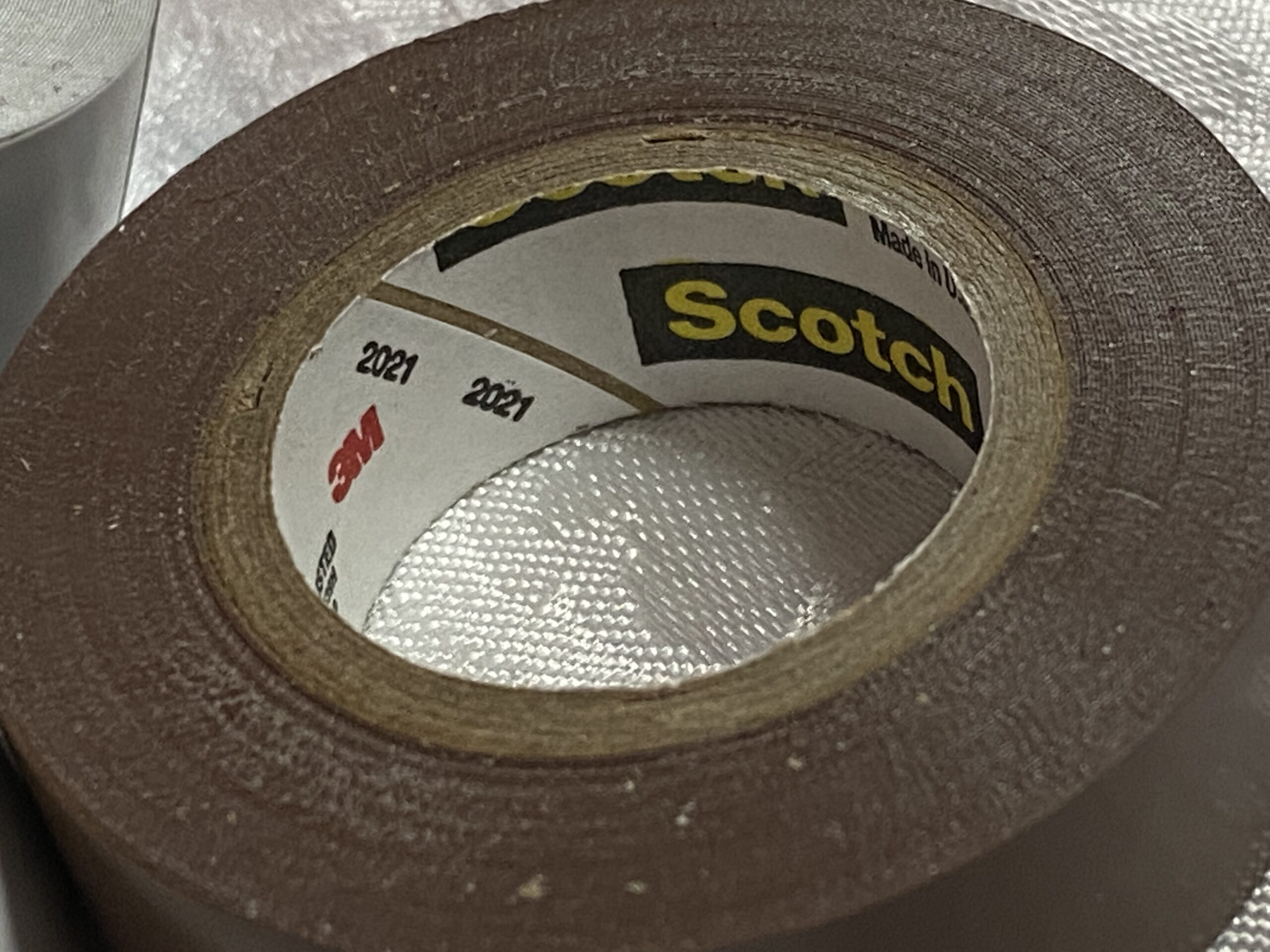
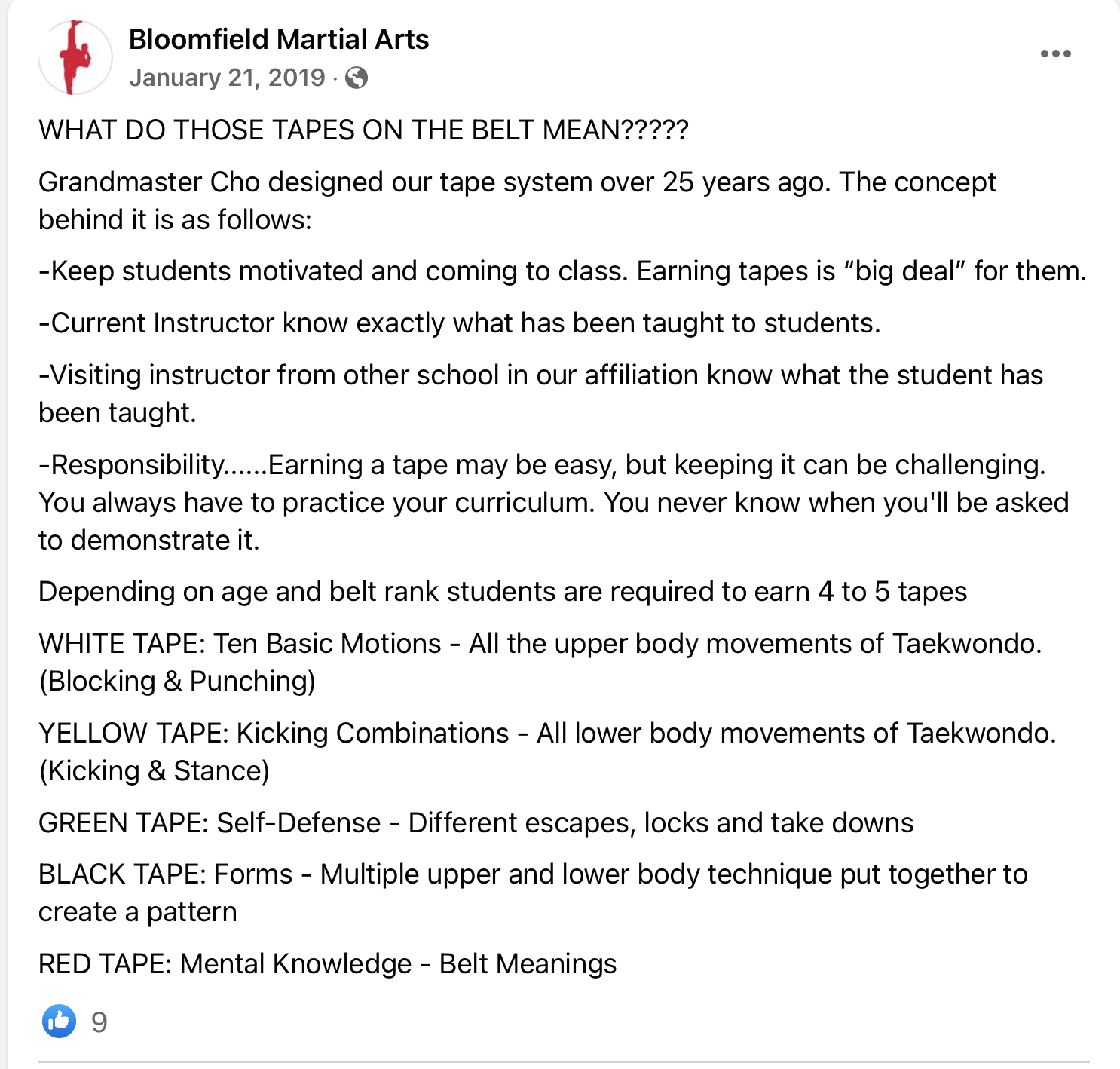

I’m horrified.. My daughter’s daycare required us to use magenta electrical tape to label every bottle and food container. Every baby got their own color of tape. It was provided by the childcare center so I never saw the package. We used these containers from age 8 months up to 2 years old. :-/
My daughter was blood tested for lead for the first time at 4 years old and Kaiser told me “<2” was totally normal and they don’t use a more sensitive test not require followup testing.
Oh wow – I would share this post with them immediately and ask to change it all out (and wash all of those items.) #Sigh.
Thank you for commenting and sharing your (horror) story. I have heard from a few other parents today with similar stories (with other unexpected uses of electrical tape in environments where children interact with the tape daily.)
Tamara
I recall my son’s daycare using the blue tape when labels were missing or pealing from kids items. Including bottles.
Can you also confirm this is just a concern in electrical tape? Not regular clear everyday tape or packing tape?
Great, relevant detective work, as usual!
Timely for me bc I was wondering about produce stickers which have colorants in them. How many times have people accidentally swallowed one or one ended up in a cooked meal after all that chopping? It happened to me the other night. I foolishly choose to remove the label once discovered from my chicken dinner and serve it. Now I’m kicking myself. I know these stickers are supposed to be fda approved for food use but who knows what that means if companies follow guidelines? I’d love if you had any info on that 🙂
My high school color guard, and many others, re-wrap their wooden rifles for marching band (the kind that are spin in the air and are not firearms at all) every year to protect them from damage and sometimes change their colors. They also use it on flags. Kids then spend countless hours handling these objects. Might be something to bring to attention with high schools.